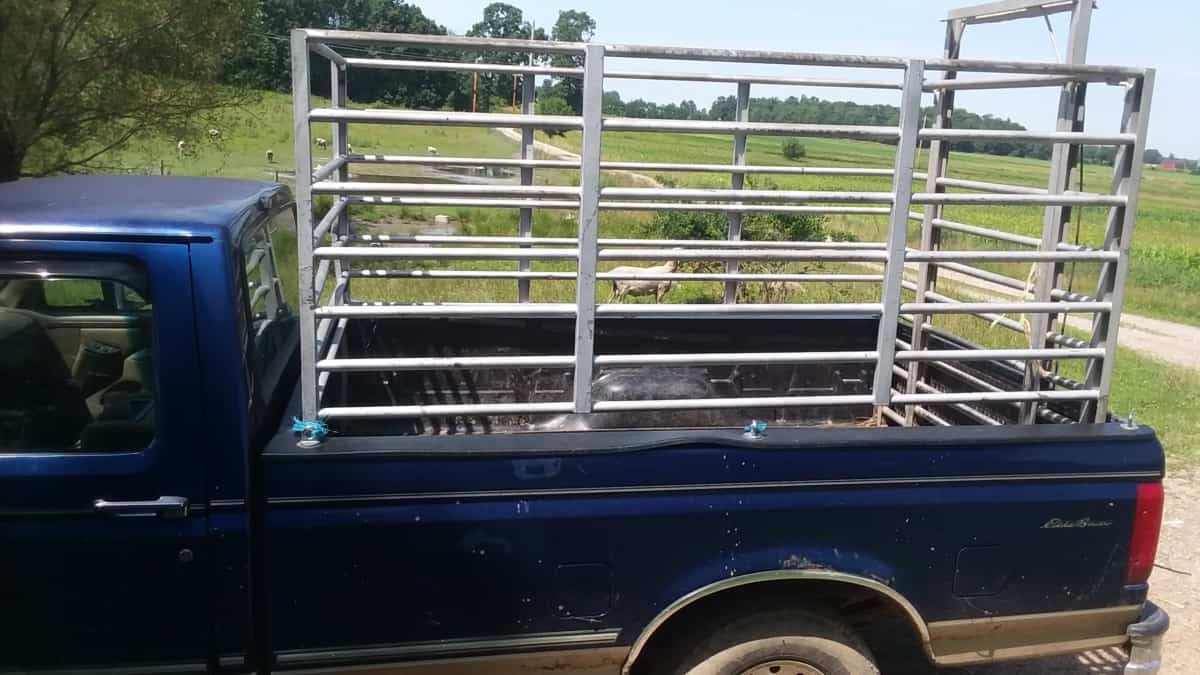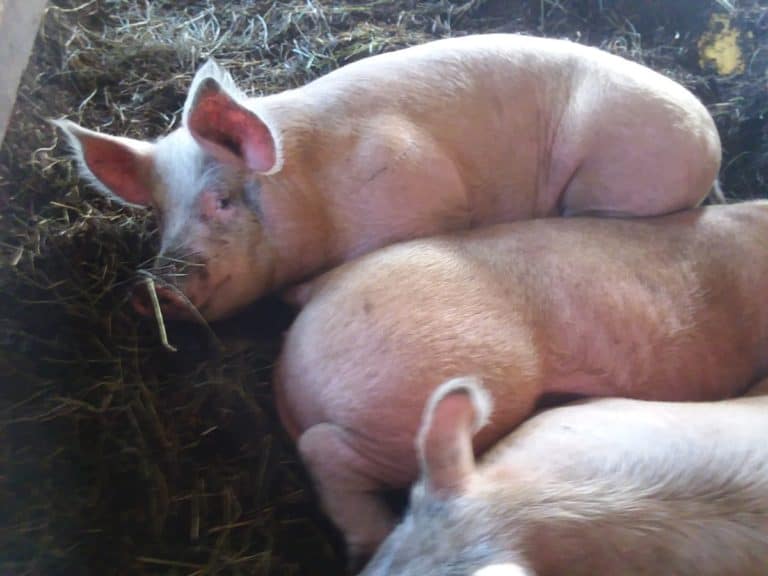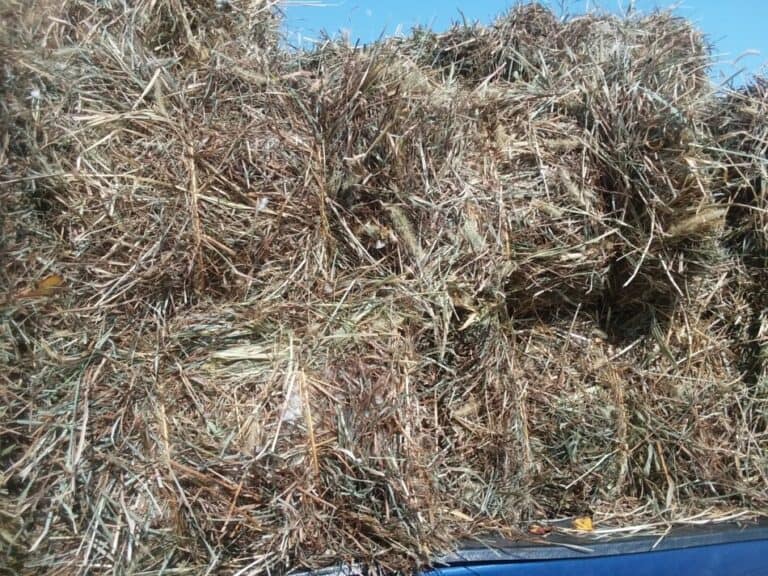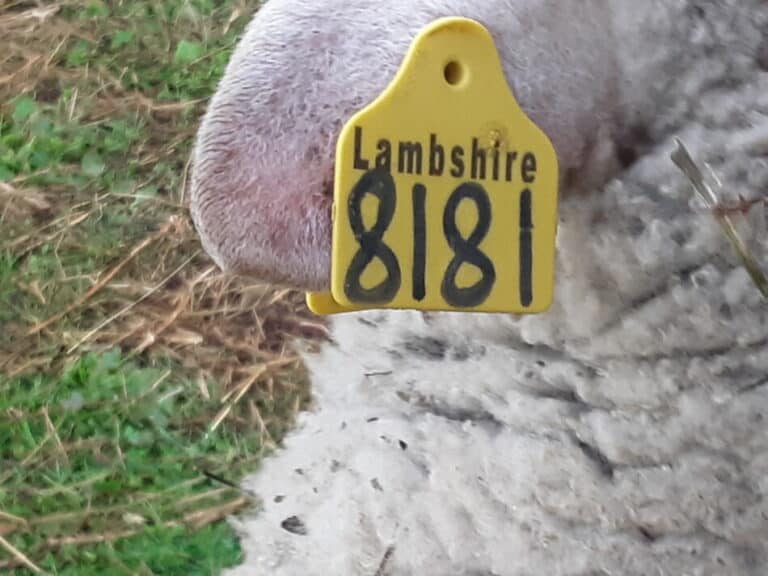How Do Livestock Auctions Work: An Overview For Sellers
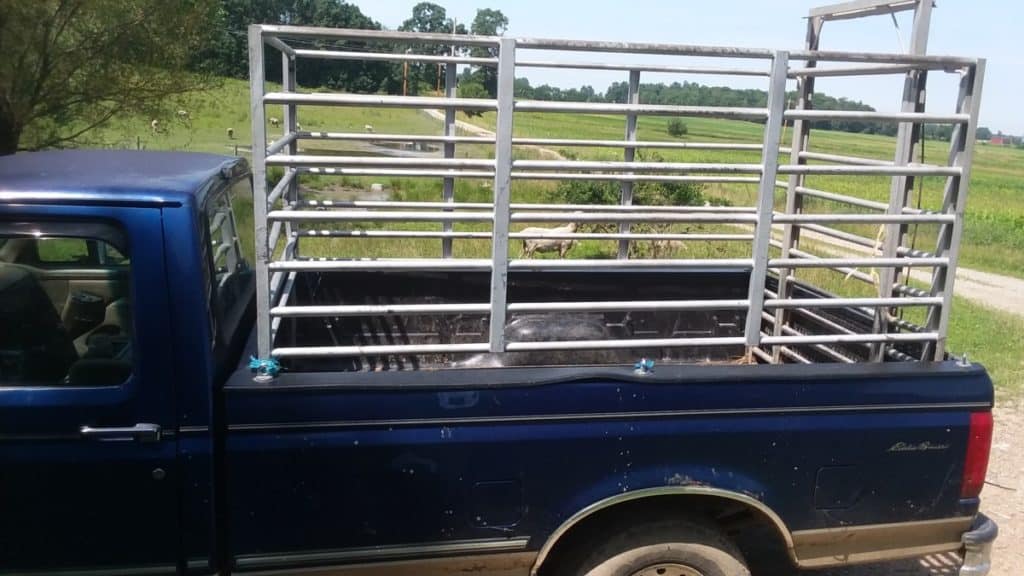
Considering going to a livestock auction, as a buyer or a seller, but need a crash course on what goes on there?
I’ve got you covered, I love going to auctions! Once you understand the process, you can enjoy them, too!
Selling your stock at a livestock auction is a common way to sell and get paid for livestock in the U.S. The price you get depends upon having healthy animals, demand and seasonal variations.
If you are new to livestock auctions, I’m glad you decided to attend!
I love to go to auctions and see what is going through the ring and how much the stock is selling for. It’s fascinating to see the variety of breeds, shapes and sizes of animals selling for the week.
Attending an auction will also give you a good look into what is happening in the area.
If you are looking for tips about going to an auction as a buyer, click here.
How are the cattle looking this time of year, what’s the new cross people are trying out to get better prices?
Are farmers selling lambs at 60 pounds or feeding them until they hit 100 pounds?
A big plus, for me at least, is seeing the livestock in person and spending some time watching groups sell. This gives me an idea of what the buyers want and what they don’t want.
Seeing the livestock sell also helps you put together in your mind a picture of what each category means when you want to interpret the market reports.
You can compare what you see to what you have to sell and decide whether or not it’s time to sell and what you can expect to get for your stock.
Selling at an auction is easy
How do you sell animals at an auction? This is a great question! We do well selling our animals at the weekly auctions, we feel we get a fair price and the animals are treated well.
At the auction, we just drop off our stock (that we hauled in the racks pictured above), and they take care of everything else.
Handy and reliable, I like it.
Plus selling at the auction is pay you can count on since the check from the auction barn will for sure be good when you take it to the bank.
Unfortunately, this is not always the case with some individuals!
Finally, when individuals come to your farm to buy something they do a lot of “this one, no, no, I mean that one”.
This is understandable, everyone wants to be sure they are getting the right stuff, but it still takes a lot of time. And sometimes you still don’t get paid!
People tend to want the animals you don’t want to sell, this happened a lot with the dairy cattle. Some people have a hard time hearing “We are keeping those.”
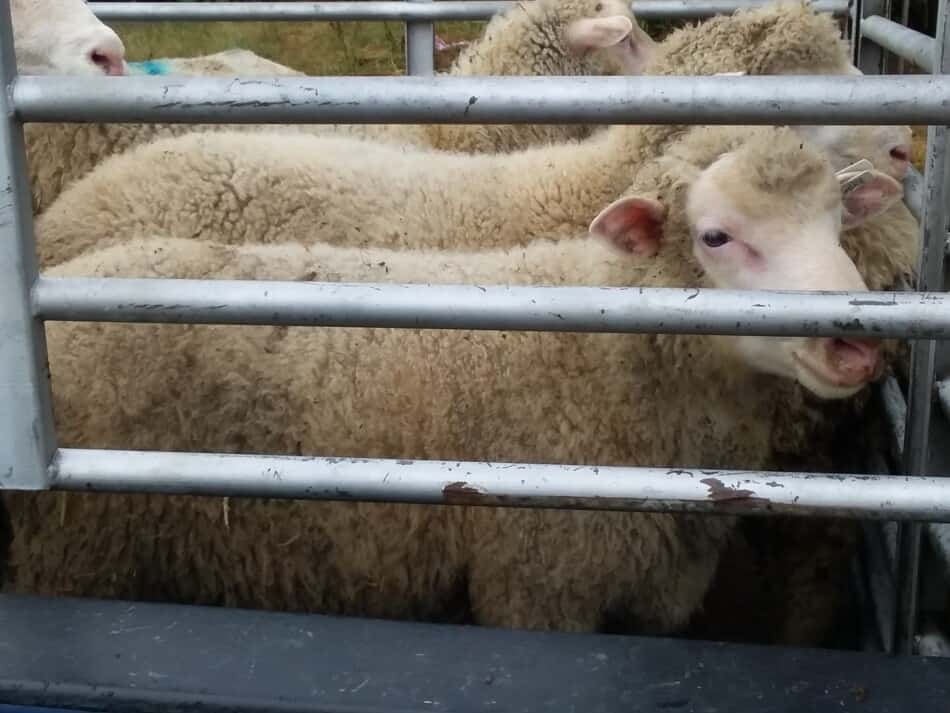
Unusual animals do not sell well at regular auctions
But not all animals will do well at an auction, especially if you have something more unique or not used commercially.
In this case, a private sale might be a better option. An example of this would be alpacas.
A few years ago alpacas were selling for thousands of dollars each and now they bring $100 or so at the local livestock auction.
The regular weekly livestock auction is not the place to sell your alpacas!
Another example would be a special fiber breed sheep or goats.
At a regular auction, you will get market price for them based on their meat value.
Even if as a fiber animal they are worth scads more money, that is not what they will sell for at the weekly sale.
Special breed stock should definitely be sold privately for the best prices!
Auctions specifically for unusual animals
There are also auctions of unusual animals that your could send your stock to if you felt you would get a better price there.
In our area there is an alternative animal and bird sale three times per year where the more unusual animals are expected and tend to sell well.
True, commissions are higher for this sale, but if you have something more unique you will likely get more for your stock at a specialty sale than the weekly sale.
Sell healthy livestock at auction
When you decide to sell your animals at an auction here are a few things to keep in mind:
- Health of your livestock
- Weather
- Commissions
- Seasonal Variations
- Demand
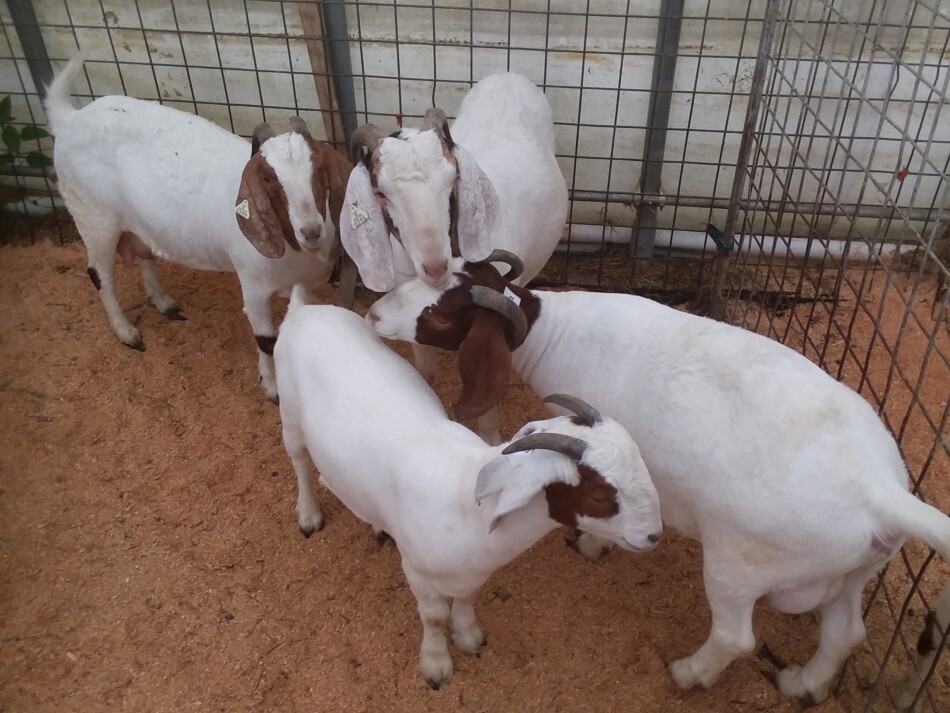
Health of your livestock affects price
Healthy livestock sells better, it’s really that simple. If your animals are in good shape you will get more money.
No one expects perfection (like a fitted out show steer) at a farm livestock auction, these are working animals after all, but your stock needs to look good.
Appropriate fat cover, hair coat that looks good for the time of year, shiny eyes and a calm and alert demeanor are all things buyers want.
Do your animals fit the bill?
A buyer can pay more for a heathy animal
Think of it from a buyer’s perspective-a buyer is going to dish out quite a bit of money for a few steers or a pen of lambs.
If the animals are sick, or even really stressed, they will not do well on the truck ride, on the rail, or in his pasture to finish out.
Weather dictates animal comfort
If at all possible pick a week to sell your animals that is mild, no extreme weather.
In the summer we can get some brutally hot and humid weather here in Ohio. This makes it tough to get the lambs sold in the warmer parts of the year.
Do your best to move and market them in less stressful weather. If we think it’s too hot to go to the auction, we don’t send any animals.
I know this is a tough call to make, especially if selling your stock is your main income (like it is for us).
If you have to sell in stressful weather, then plan to make it as easy on your stock as possible.
The auction we normally sell at takes in animals the night before.
They are in their pens for the heat of the day and the stress of trucking is spaced further apart. Check to see if this is an option for you.
Deductions will come out of your check
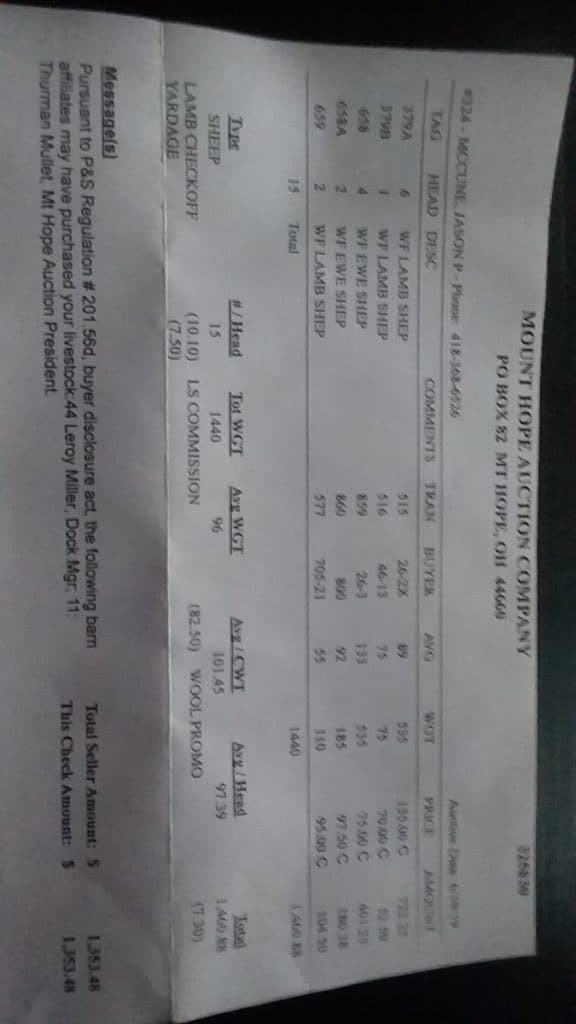
The auction is a business that makes money through commissions.
Most animals that sell you will be charged with check off, commission and yardage.
Check Off money comes out and goes to government
The first thing listed as coming out of your pay, at least on our most recent check is check off money.
The auction is legally required to collect check off money on all qualifying animals that sell, but they do not keep the money.
Here’s a link to the IRS publication on livestock auction commissions, if you are interested.
Think of the check off money like sales tax when you make a purchase at the store.
The store doesn’t keep that tax money, it goes to the state, which is the same for the check off program money.
Common examples of check off programs that will come out of your check are beef check off, pork check off or wool check off.
I am not a fan of the check off programs, I am just pointing out that the money will be taken out of your check.
You will pay commission to the auction
Next thing to come out of your check is the commission. This is the money the livestock auction gets for selling your animals.
We just sold 15 head of sheep and the commission charge for the group was $82.50 which is $5.50 for each sheep.
Last is yardage, which is another cost to the seller. To be honest, I’m not sure why commission and yardage are not put together as one fee.
Seasonal variations in price are normal
Most livestock will have a seasonal variation to the price.
Read Reading A Cattle Market Report or How Much Will My Lambs Sell For? to learn how to read a market report to figure out the seasonal variations in your area.
Generally, when most farmers in your area are all selling the same thing at the same time then price will be lower. No surprise there.
Prices also work the other way.
Let’s say you are selling lambs, for instance, born in November when they are 3 months old.
Not too many other farmers, at least around here, will be on that same schedule.
Most would have bred ewes (no lambs yet) at that time of year so your price should be high.
If you are selling lambs or calves when most others are selling, like before they need to be put on purchased feed for the winter, then prices will probably be lower.
Neither choice is better than the other.
Both require your time and money, just in a different way.
Do the math and figure the way that works best for your stock and your management.
Demand determines price you get
Supply and demand will affect your price and should be considered when timing the sale of your animals.
Demand is always the highest at times when it is most unusual to have that size animal at the auction.
Local demand coming all at once-usually weather related
Demand is also high when people in your area want to get started with feeder lambs or calves to raise on their pastures.
The demand tends to be concentrated in a shorter time, as well.
Once the weather clears up, grass starts really growing at all of the local farms. This means that everyone wants to get feeders at the same time.
Feeder animals are well started but not full grown livestock that are fed up to full size then used for meat, for instance market lambs or steers.
Feeder are a way to use extra pasture or feed you may have in abundance but not need to keep these animals over winter, when it’s more work and cost to raise them.
Oddly low numbers of livestock at auction for the week
With the livestock action being a weekly event, sometimes occasional sellers seem to all consign animals on one day.
This makes the next week’s sale have lower numbers than expected so probably a higher price.
Unfortunately, this is out of your control, but when you happen to sell stock on a low numbers day you could easily see a nice bump up in price.
Since transportation is so efficient and common what other areas of the country are doing will affect your operation, at least partially.
For instance, why are beef prices low now as they have been for a few years in a row now?
First off our country has quite a few beef animals, that is a blessing to have so many resources but having plenty of something tends to lower the price.
Other animal categories being cheaper than yours
Currently, this is most obvious in cattle prices.
The other big reason for low beef prices is that dairy farmers are selling out, so all those cows that were kept for milking are now being sold for beef.
With so much beef available, prices for sellers will stay on the low end until the dairy situation stabilizes.
Another time this flood of available stock through the auction will happen is with widespread drought so cattle ranchers have to severely sell back their herd numbers.
This causes scads more head than normal to hit the auctions and drops the prices for most other cattle as well.
Holiday demand for livestock raises price
The final demand for stock that will affect prices is when a holiday is coming up that typically involves a family getting a lamb, or steer to celebrate.
This will place a huge demand on the needed stock for a week or two before the holiday, then prices will go back to a more normal level.
Keep in mind that it takes at least a few days quite possibly more to get the animals from the sale to the consumer. How does this work in your area?
Do some research by looking at past year’s market reports and see what works for the stock you are planning on selling and the demand for the area.
Even for the same holiday, different areas of the country want different size animals.
Additionally, some holidays rotate dates each year, but these dates are usually easy to find on line.
Be sure to look into it, so you have the right size animal at the auction at the right time.
